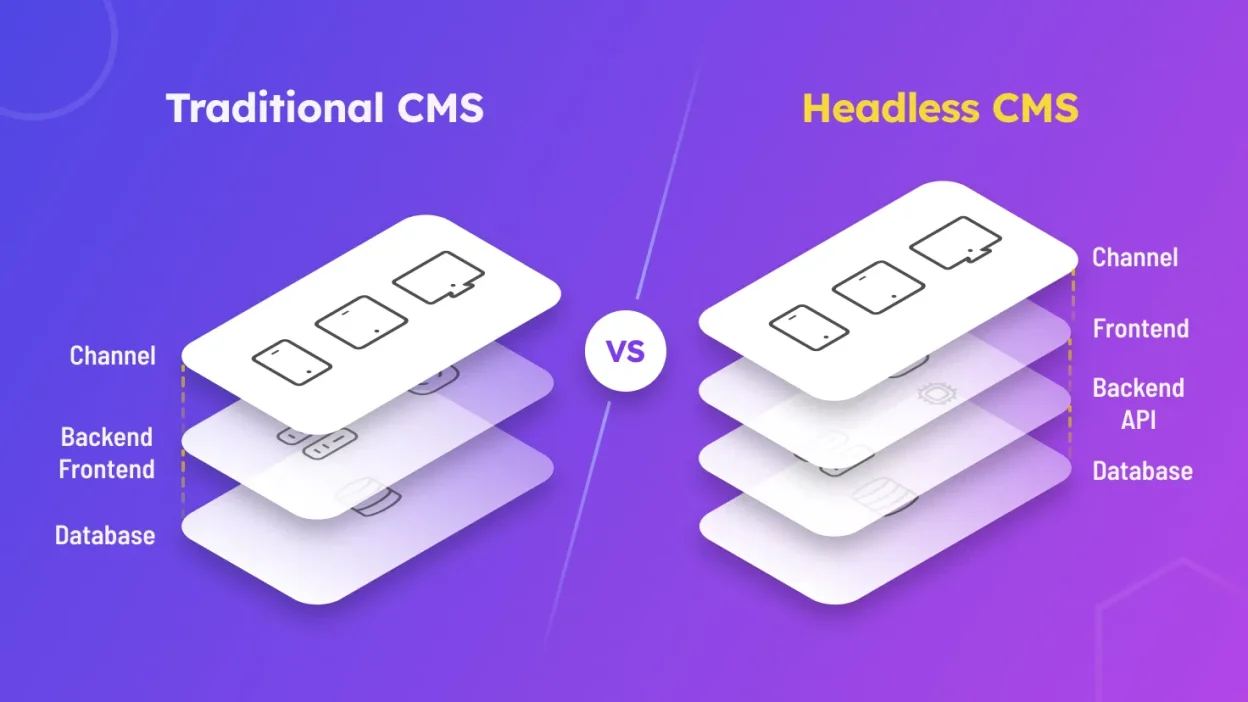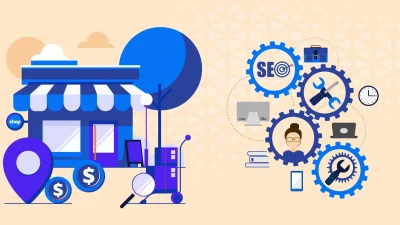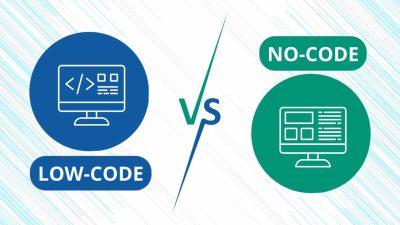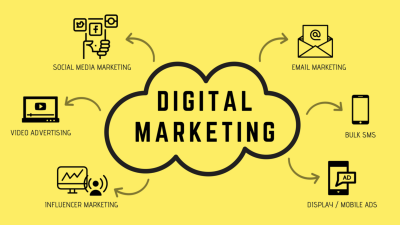Introduction
In the rapidly evolving world of web development, agility, scalability, and omnichannel content delivery have become essential. Traditional content management systems (CMS) like WordPress and Joomla, while powerful, often fall short in meeting the demands of modern digital experiences. Enter the Headless CMS—a revolutionary approach that decouples the content layer from the presentation layer, offering developers and marketers unprecedented flexibility.
This blog explores the rise of headless CMS, its advantages, use cases, and why it’s becoming the go-to solution for forward-thinking businesses.
What Is a Headless CMS?
A Headless CMS is a content management system that provides a backend for managing content but does not dictate how or where that content is displayed. Instead of rendering content through templates, it delivers content via APIs (usually RESTful or GraphQL), allowing developers to use any frontend technology to present it.
Key Components:
- Content Repository: Stores structured content
- API Layer: Delivers content to any frontend
- No Frontend (Head): Developers choose how to display content
Traditional CMS vs Headless CMS
| Feature | Traditional CMS | Headless CMS |
|---|---|---|
| Architecture | Monolithic | Decoupled |
| Frontend Dependency | Built-in templates | Independent frontend |
| Flexibility | Limited | High |
| Omnichannel Delivery | Difficult | Seamless |
| Performance | Slower | Faster |
| Scalability | Limited | Highly scalable |

Why Headless CMS Is Gaining Popularity
🚀 1. Omnichannel Content Delivery
With users accessing content across websites, mobile apps, smartwatches, voice assistants, and IoT devices, headless CMS enables content reuse across multiple platforms without duplication.
🧱 2. Developer Flexibility
Developers can use modern frameworks like React, Vue, Angular, or Svelte to build fast, responsive frontends while pulling content from a centralized backend.
⚡ 3. Improved Performance
Headless CMS allows for static site generation and CDN-based delivery, resulting in faster load times and better SEO.
🔒 4. Enhanced Security
Decoupling the frontend from the backend reduces the attack surface, making headless CMS inherently more secure than traditional systems.
📈 5. Scalability and Future-Proofing
As your business grows, a headless CMS can scale effortlessly. It’s also future-proof, allowing integration with emerging technologies without rearchitecting the system.
🧩 6. Better Content Management
Content creators can focus on writing and organizing content without worrying about design constraints, while developers handle presentation independently.
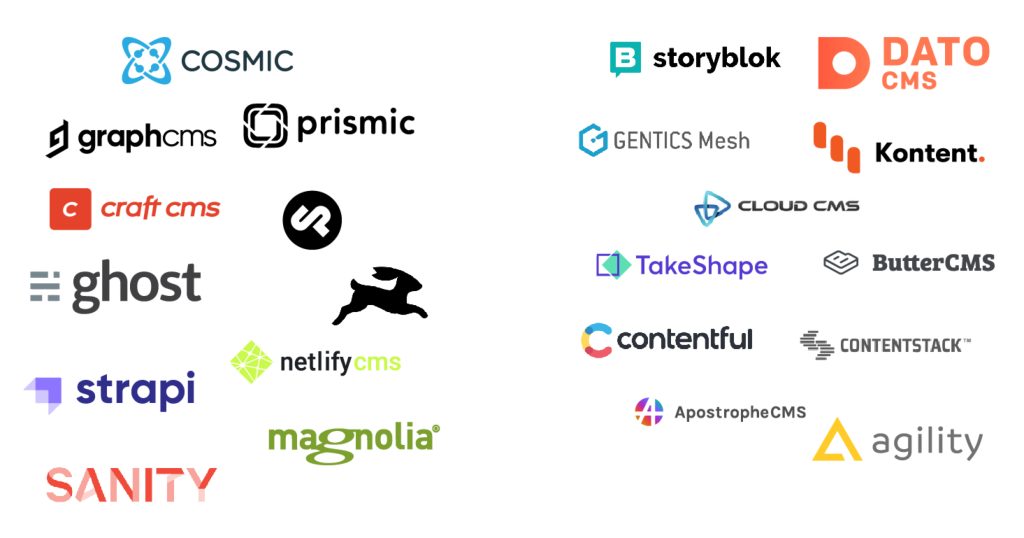
Popular Headless CMS Platforms
🧠 1. Contentful
- API-first
- Rich content modeling
- Strong developer tools
🧠 2. Strapi
- Open-source
- Self-hosted or cloud
- Customizable and developer-friendly
🧠 3. Sanity
- Real-time collaboration
- Structured content
- Flexible APIs
🧠 4. Prismic
- Slice-based content modeling
- Easy integration with modern frameworks
🧠 5. Ghost (Headless Mode)
- Focused on publishing
- Lightweight and fast

Use Cases for Headless CMS
🛍️ E-Commerce
Deliver product content across websites, mobile apps, and digital kiosks with consistent branding and real-time updates.
📰 Media & Publishing
Manage articles, videos, and podcasts centrally and distribute them across multiple channels.
🏢 Enterprise Websites
Large organizations with multiple brands or regions can manage content efficiently and scale globally.
📱 Mobile Apps
Use headless CMS to feed content into native or hybrid mobile apps without duplicating efforts.
🎮 Gaming & Entertainment
Push updates, news, and media content to websites, apps, and consoles seamlessly.
Challenges of Headless CMS
❌ 1. Complexity
Requires more technical expertise to set up and maintain compared to traditional CMS.
❌ 2. No Built-In Frontend
You need to build the frontend from scratch, which can increase development time.
❌ 3. Cost
Some headless CMS platforms have premium pricing models, especially for enterprise features.
❌ 4. Learning Curve
Content teams may need training to adapt to new workflows and interfaces.
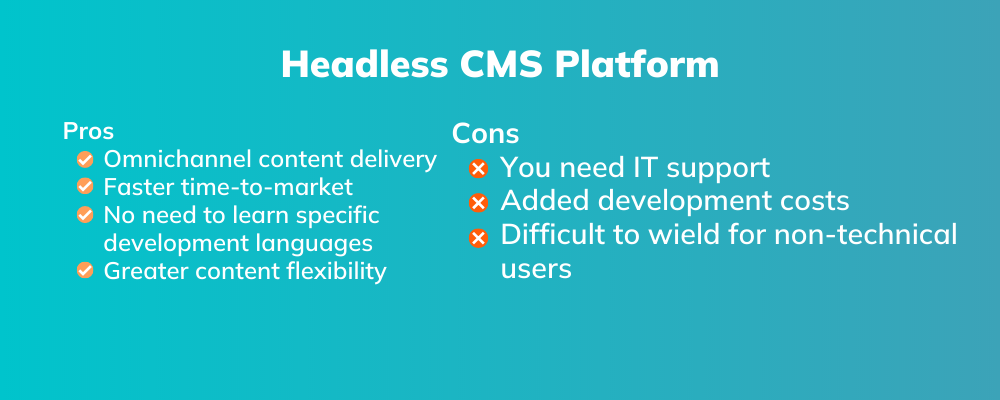
Best Practices for Implementing Headless CMS
✅ 1. Define Clear Content Models
Structure your content thoughtfully to ensure flexibility and scalability.
✅ 2. Choose the Right Tech Stack
Select frontend frameworks and hosting solutions that align with your goals.
✅ 3. Plan for Omnichannel Delivery
Design content with multiple platforms in mind from the start.
✅ 4. Ensure Collaboration
Use platforms that support real-time editing, version control, and role-based access.
✅ 5. Monitor Performance
Use analytics and monitoring tools to track content delivery and user engagement.
Future of Headless CMS
🔮 AI Integration
AI-powered content recommendations, auto-tagging, and personalization will enhance headless CMS capabilities.
🧠 Composable Architecture
Headless CMS will be part of larger composable DXP (Digital Experience Platforms), integrating with e-commerce, CRM, and analytics tools.
🌐 Global Content Delivery
Edge computing and CDNs will make content delivery faster and more reliable worldwide.
Conclusion
The rise of headless CMS marks a significant shift in how businesses manage and deliver content. By decoupling the backend from the frontend, organizations gain the flexibility to innovate, scale, and meet the demands of a multi-device, multi-platform world.
Whether you’re building a high-performance website, a mobile app, or an omnichannel digital experience, a headless CMS offers the tools and freedom to create without limits.

